The months and weeks leading up to your migration to Toronto might be hectic and stressful. There’s a lot to accomplish. As a newcomer, you may be feeling overwhelmed by the length of your to-do list, or you may feel unclear of what is necessary before or after you arrive.
This post will lead you through the procedure and requirements of shipping or flying your possessions to Canada from your native country. We will also offer certain documents connected to items that you may complete before boarding your aircraft in order to save you time once you arrive.
Completing BSF186 forms for items to bring to Canada
You’ll need two copies (one for you and one for the border services officer) of:
Form BSF186, Personal Effects Accounting Document (also known as Form B4) – For products you are bringing into Canada with you, utilize Form BSF186, Personal Effects Accounting Document. Even if you arrive with no items, this is still necessary.
Form BSF186A, Personal Effects Accounting Document (a list of imported items, also known as Form B4A) – used for products that will arrive separately, either with you or after you.
It is not necessary to complete these forms before arriving, however doing so might speed up the process once you get there. Once you arrive, have all the information you need ready to go if you decide to fill out the forms at the airport.
Here are a few more ideas to keep in mind while you fill out the forms:
- Each item’s price, make, model, and serial number (if relevant) should be listed on both forms.
- You may fill up a supporting list and connect it to the main form if you need additional room to list your items.
- Only items that were on your initial list will be eligible for duty- and tax-free importation.
Submitting a declaration card
You will be given a Canada Border Services Agency (CBSA) Declaration Card to fill out prior to landing if you are entering Canada via commercial airline. You must complete the Declaration Card with specific details about the items you are transporting. The border services officer will be waiting for you if you have any queries about filling out the card.
Advice: If you land at specific foreign airports, you can use a Primary Inspection Kiosk to submit an on-screen declaration. Additionally, you may utilize the eDeclaration smartphone app to cut your processing time at the kiosk by 50%.
Note: You’ll have to pay duty (i.e., import tax) on any brand new item that hasn’t been used before. The CBSA has the authority to confiscate commodities that are not self-declared or are improperly declared. This implies that you could permanently lose the things or that you would have to pay a fine to get them back. The CBSA may levy a fine that varies from 25-to-80% of the value of the confiscated commodities, depending on the kind of goods and the circumstances.
When you land, if you have $10,000 CAD or more in cash (or the equivalent in cash), you must declare it using the Declaration Card or at the airport’s declaration kiosk. Visit the website of the Canadian government to learn more about currency declaration. By commencing the process of creating a Canadian bank account before you arrive and moving money from your home country, newcomers may lessen their dependency on cash.
Contact nextstoptorontoinfo@gmail.com to find out how to open a bank account and credit cards with competitive perks.
Permitted items: Subject to duty
- Farm equipment
- Alcohol
- Tobacco
- Equipment for use in contracting, construction, or manufacturing
- Vehicles for business use
- Gifts valued over $60 CAD
- Leased or rented items
- Items purchased on your way to Canada
Permitted items: Exempt from duty
- Books
- Personal computers
- Furniture
- Musical instruments
- Hobby tools and other hobby items
- Stamps or art
- Wedding gifts (if you plan to get married within three months of moving to Canada)
- Private aircraft
- Tool sheds or garages that do not attach to or form part of a dwelling
- Linens
- Jewellery
- Furnishings
- Gifts worth $60 CAD or less each (cannot be a tobacco product, an alcoholic beverage or advertising matter)
- Mobile trailers – no more than 2.6 meters wide, that the owner is capable of moving on his or her own
- Utility trailers
- Clothes
- Antiques
- Silverware
- Family heirlooms
- Private collections of coins
- Appliances
- Vehicles for personal use
- Pleasure boats and the trailers to carry them (trailers are subject to Transport Canada requirements)
- Motor homes
Bringing health products and prescription drugs to Canada
In Canada, health products may be regulated differently than they are in other countries. For example, a drug that is available without a prescription in one country may require a prescription in Canada. There are also restrictions on the quantities and types of health products that can be brought into Canada. For more information on importing health products into Canada, please have a look at Health Canada’s Guidance Document on the import requirements for health products.
Bringing your pet(s) with you to Canada
The Canadian Food Inspection Agency (CFIA) requires relevant documents for all animals and animal products entering Canada. Your pet may also require treatment before it can stay in Canada. You are responsible for all costs related to your pet. For more information related to specific animals, birds, amphibians, reptiles, and any exotic species, see the guidelines specified by the government of Canada and import rules for travelling with pets.
Bringing your vehicle with you to Canada
Vehicles you bring into Canada for personal use are duty-free. However, there may be some limits. Cars must meet Canadian safety and pollution control standards. Learn more about importing vehicles into Canada.




